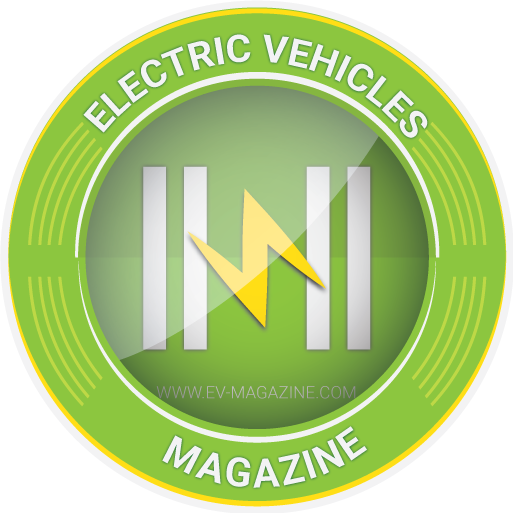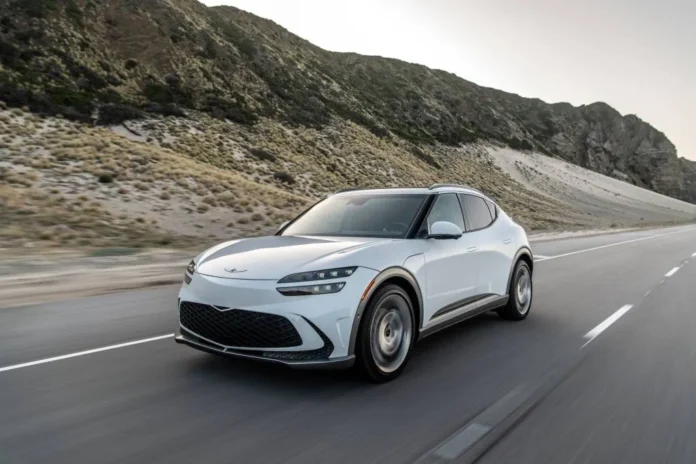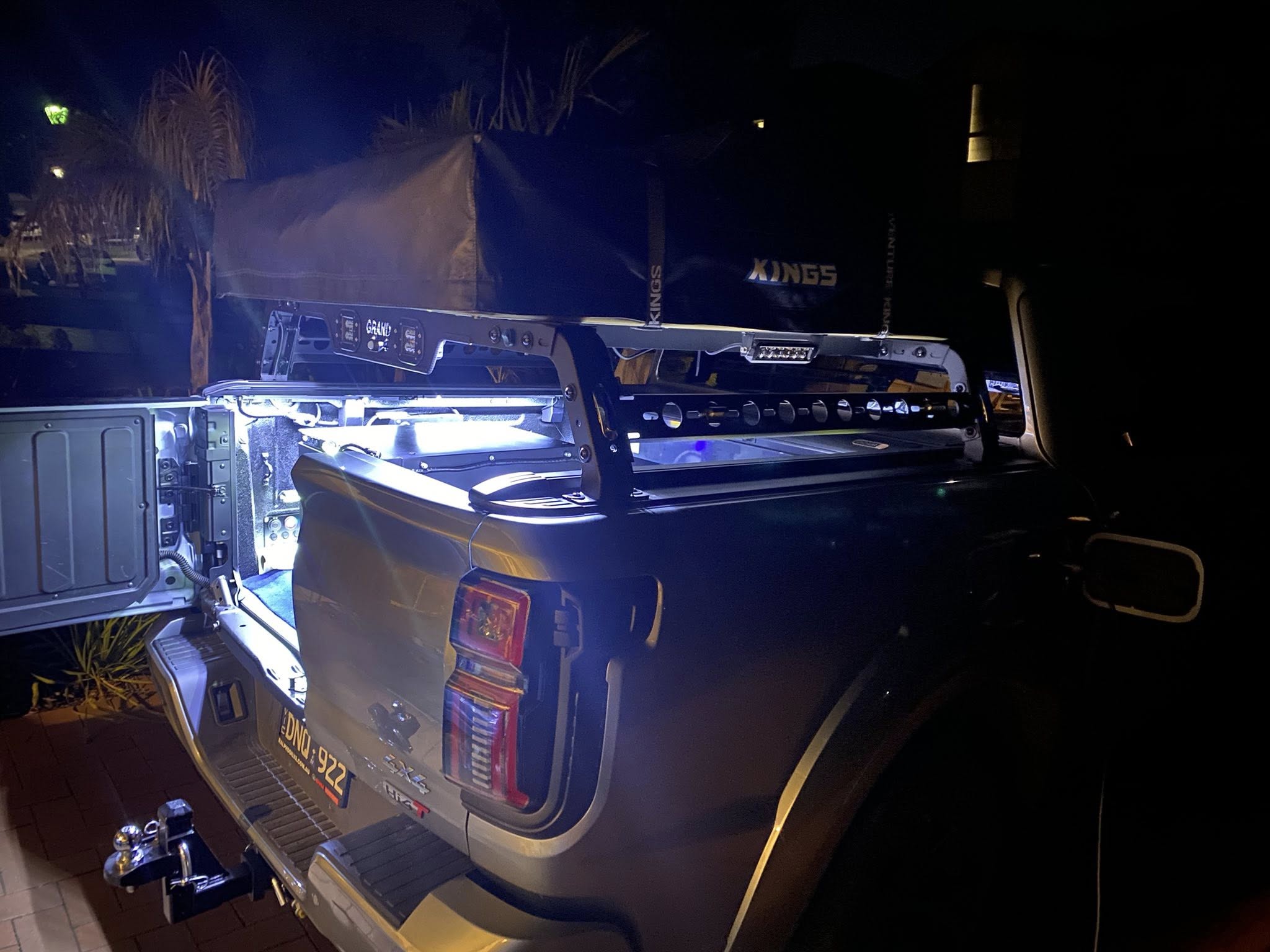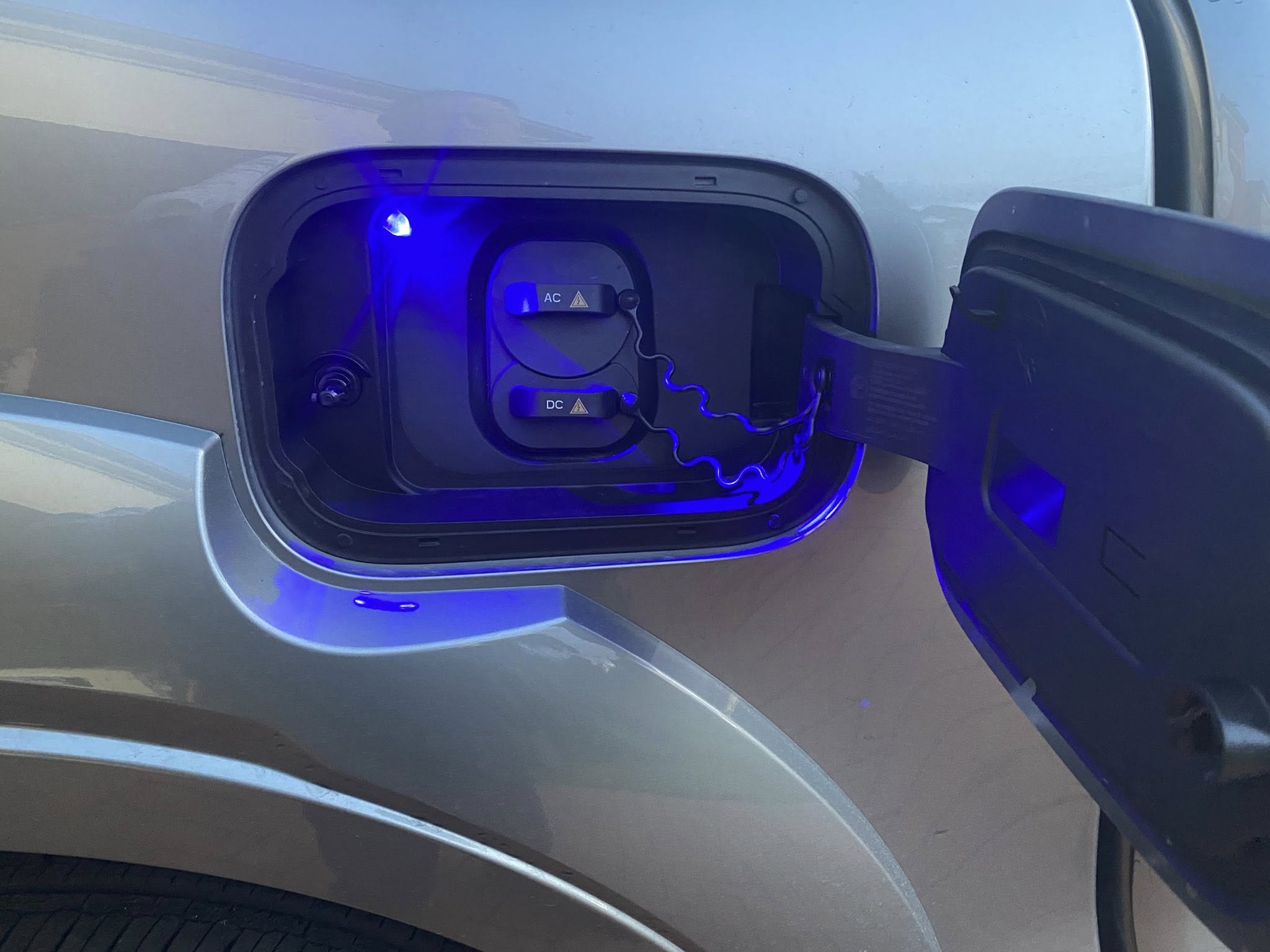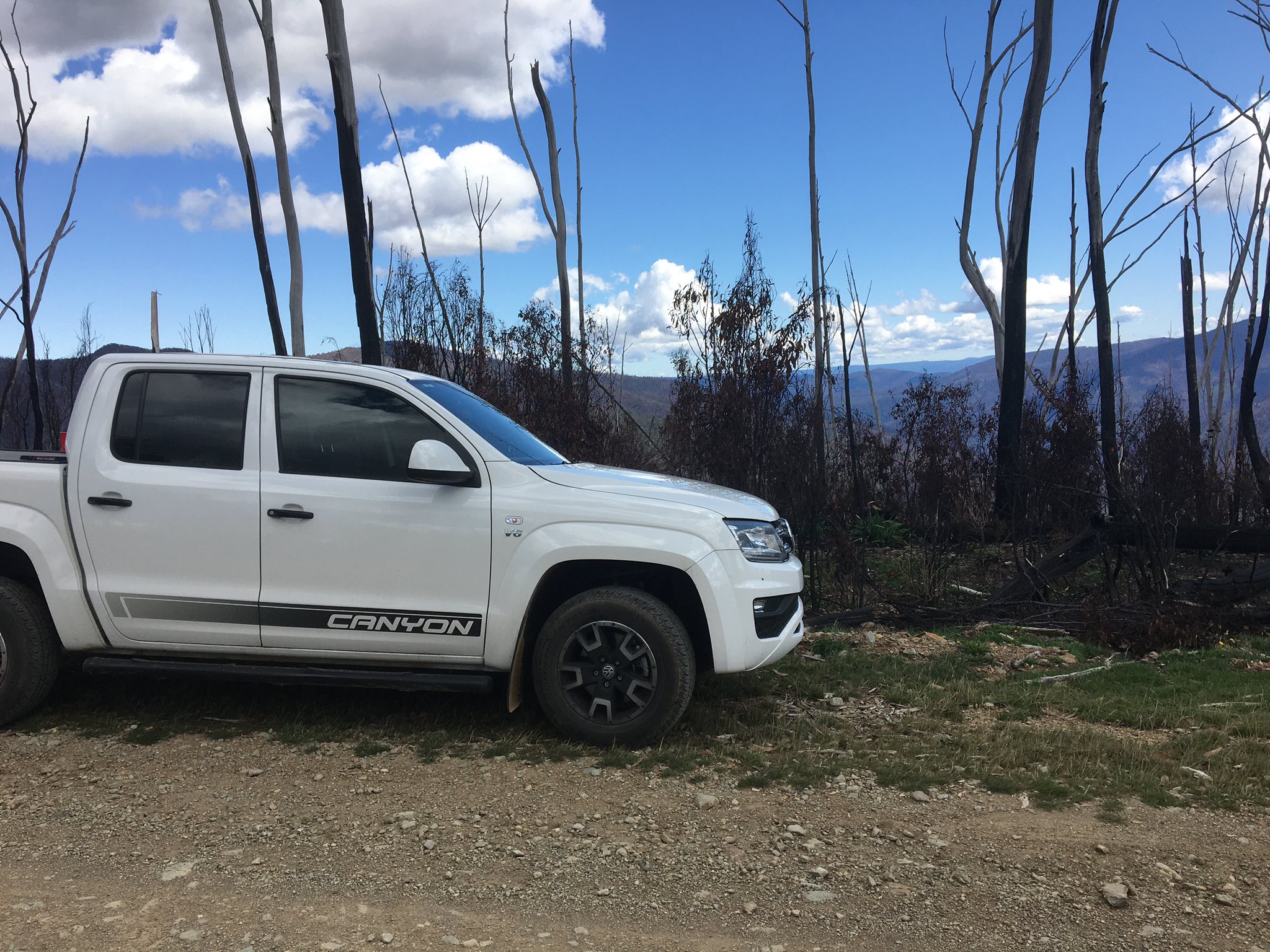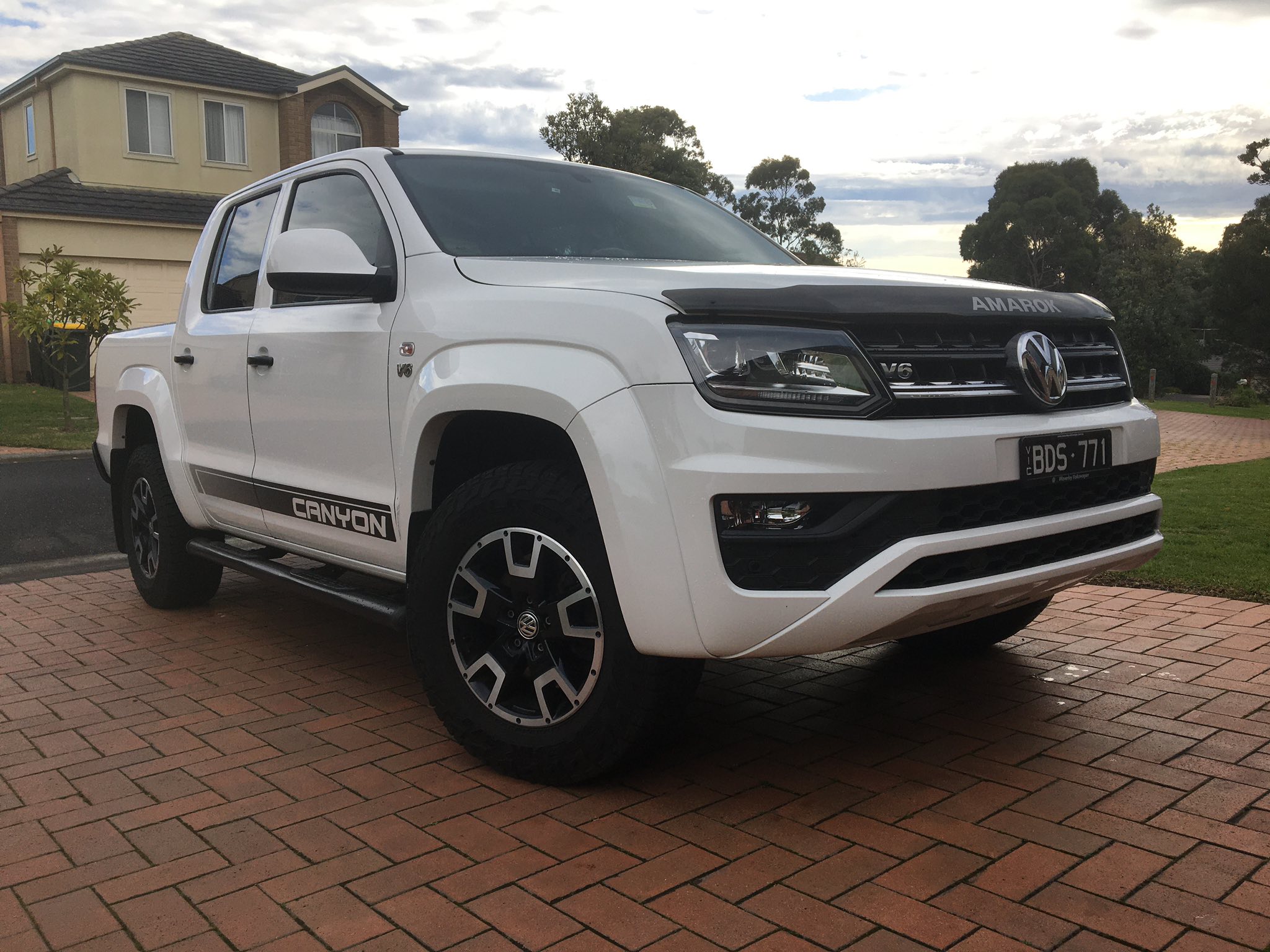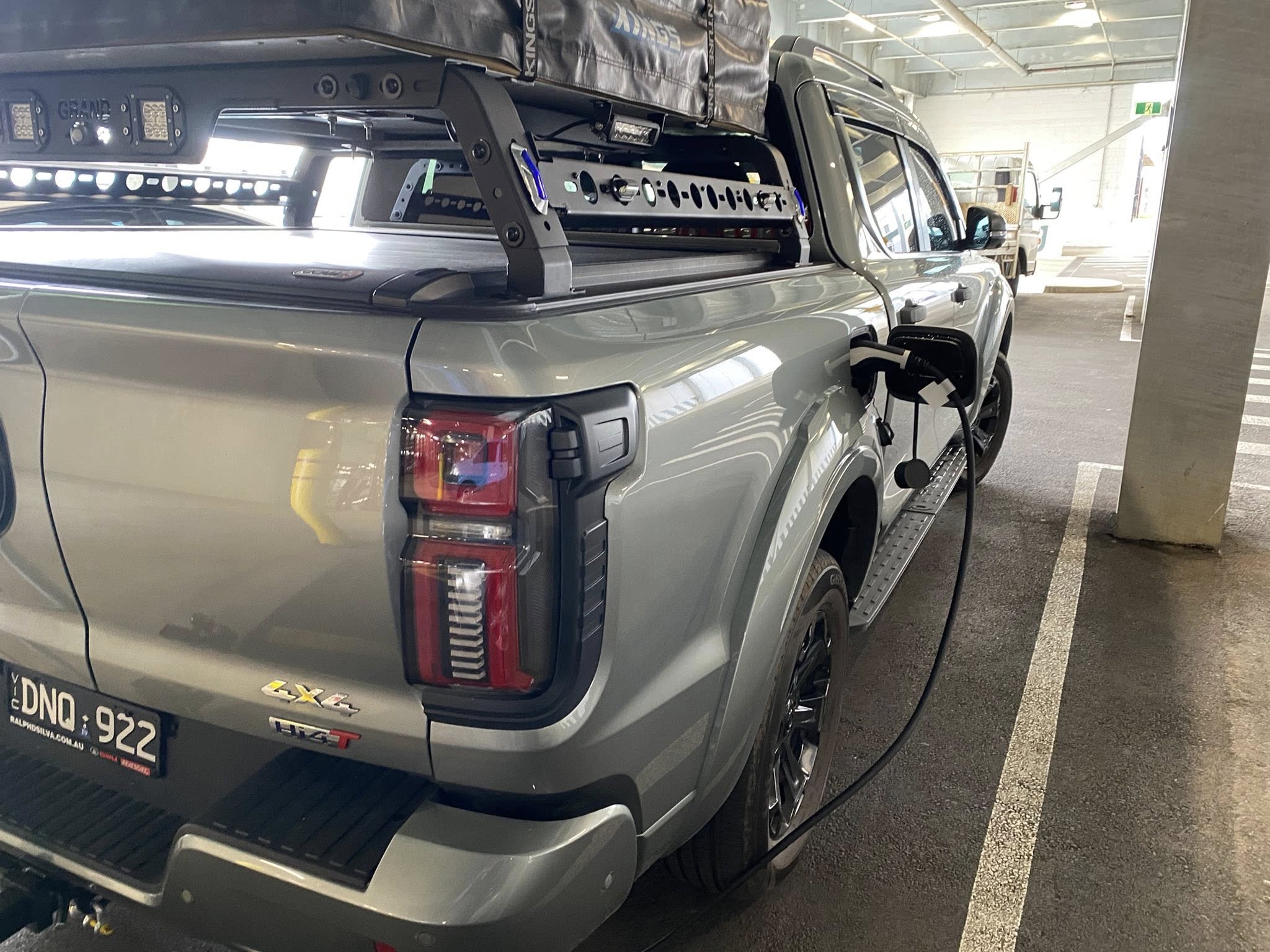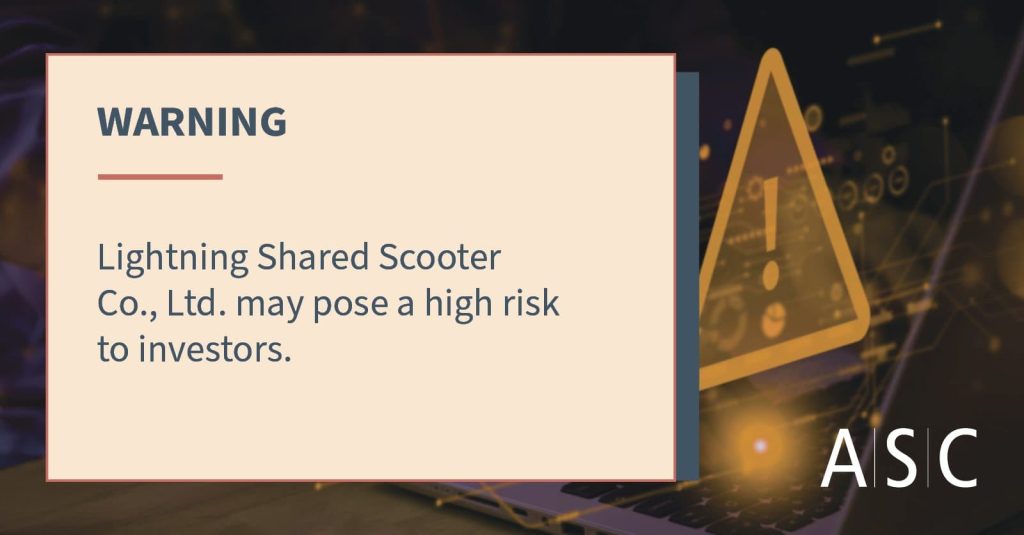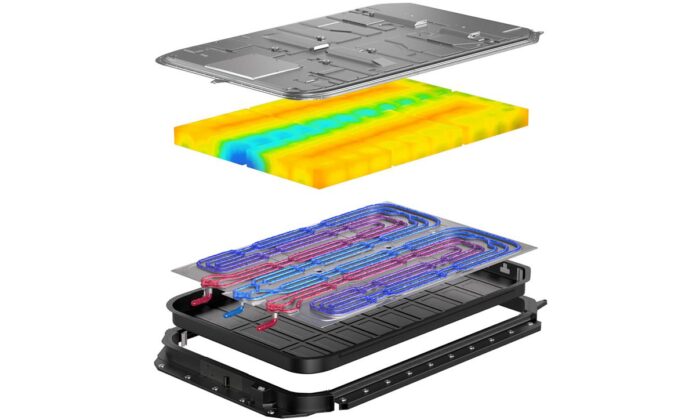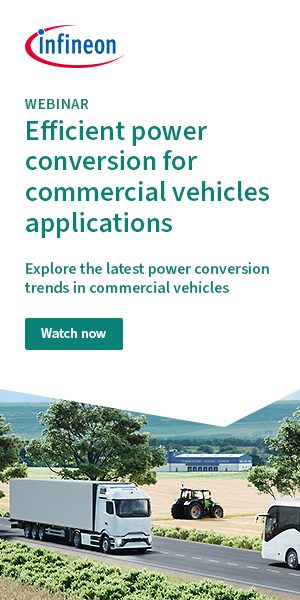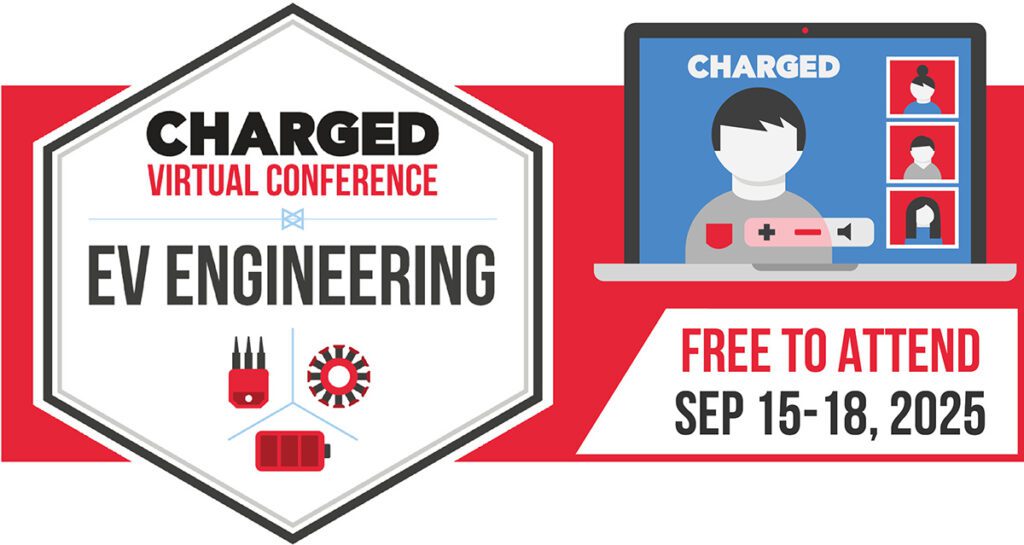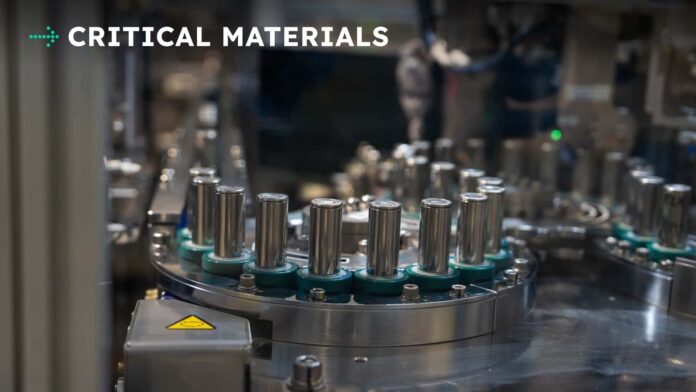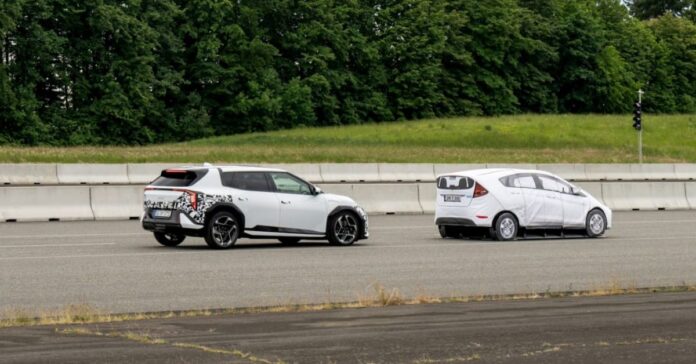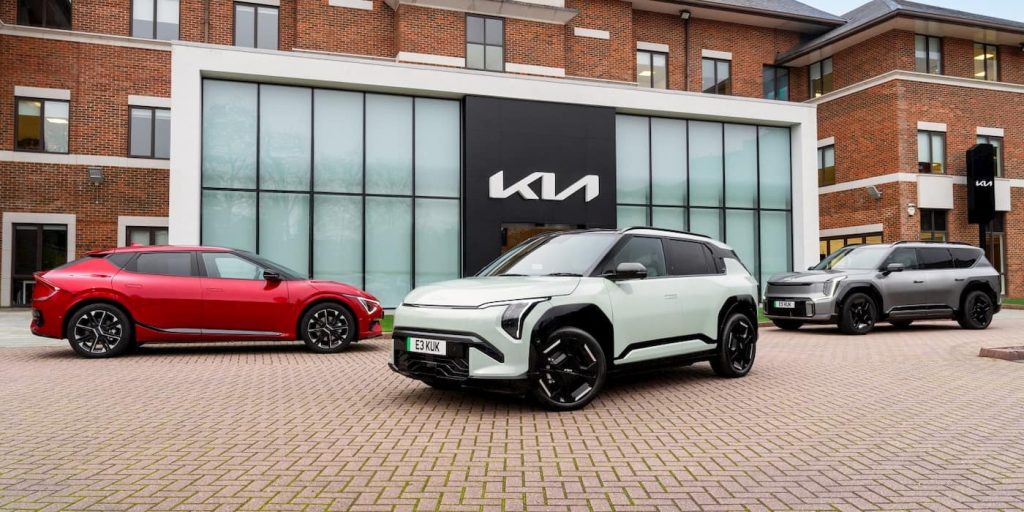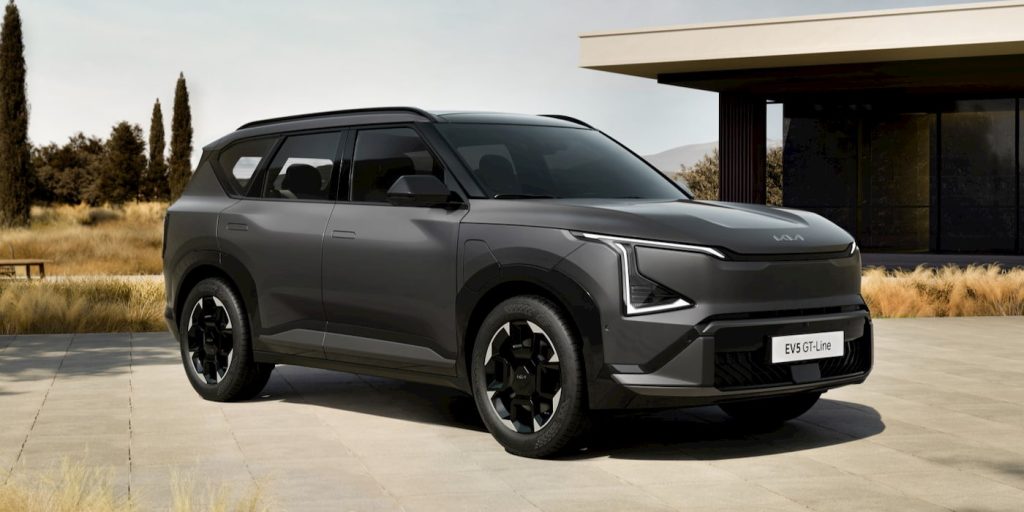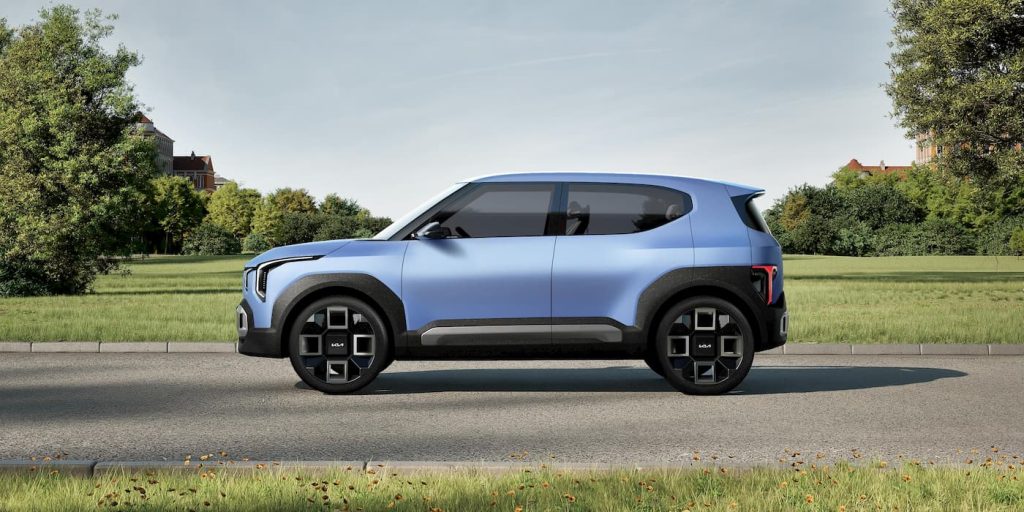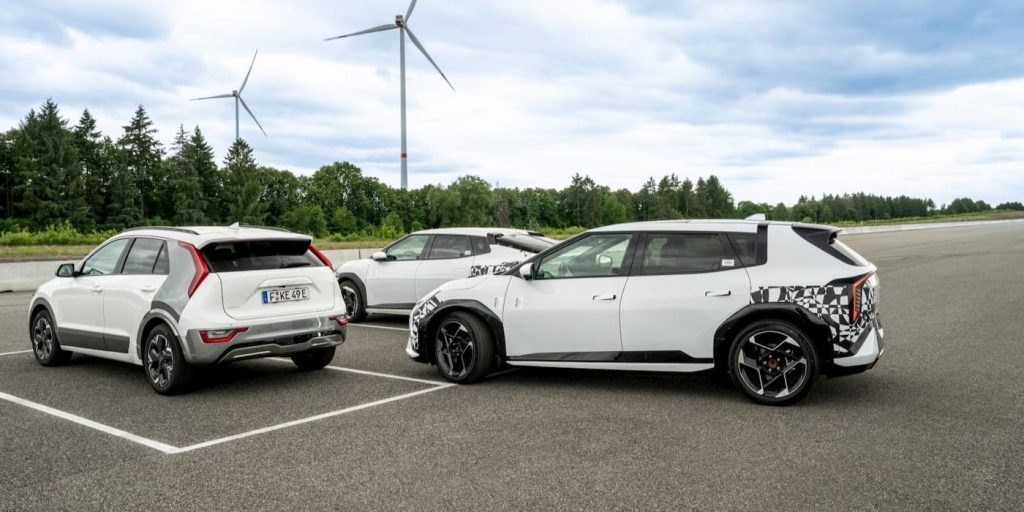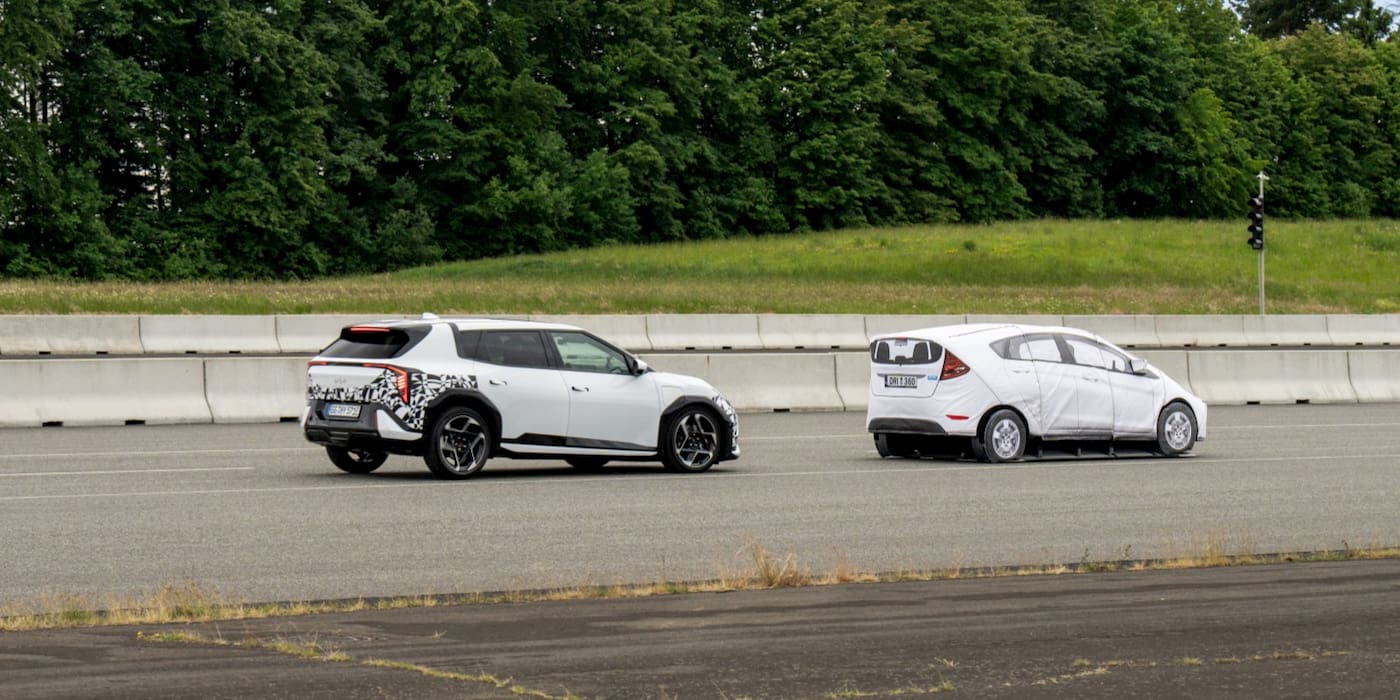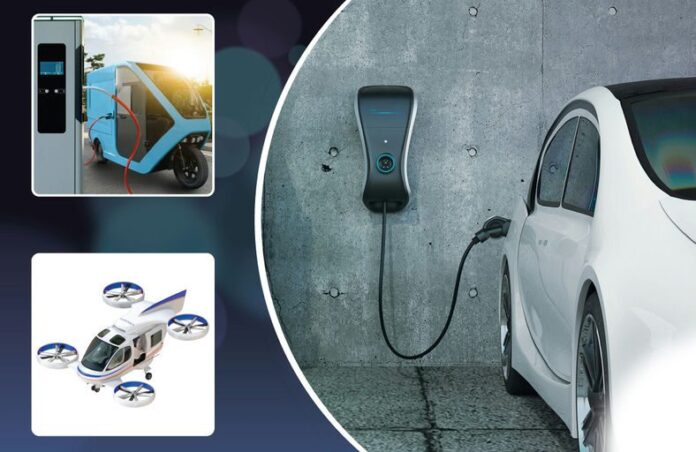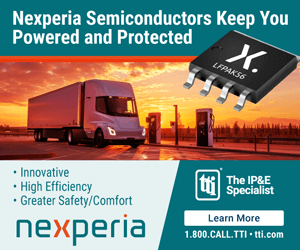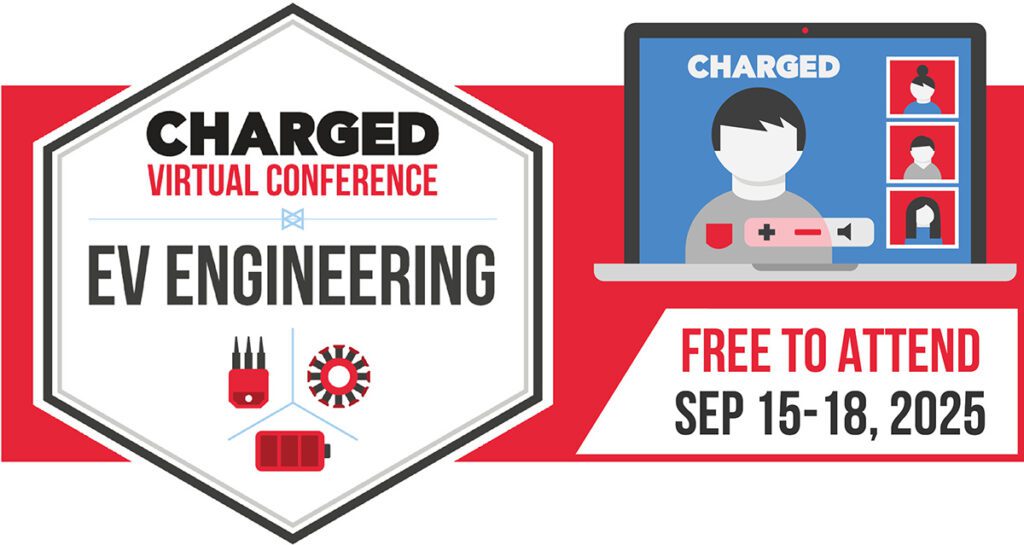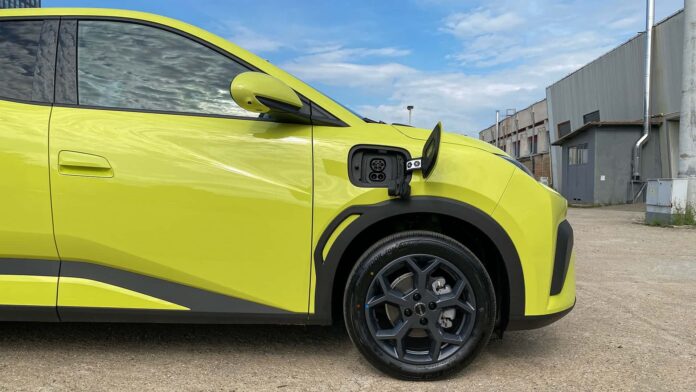The Trump administration’s latest attack on an offshore wind project could make New England’s electricity less reliable and more expensive.
Late last month, the administration halted work on the nearly complete Revolution Wind project off the coast of Rhode Island and Massachusetts, citing dubious “national security” reasons. State governors, labor leaders, and even New England fishermen who voted for Donald Trump oppose the move, which is part of the president’s monthslong assault on an energy source central to the Northeast’s grid and decarbonization plans.
Should Trump tank the project, it would leave a gaping hole in New England’s energy mix, driving up the region’s already-high electricity prices and leaving its grid more vulnerable to collapse during winter storms. New England’s grid operator has already factored the 704-megawatt wind farm into its plans starting next year. Delaying delivery of that power “will increase risks to reliability,” ISO New England warned in a statement last week.
That’s not to mention the longer-term disruptions that could stem from killing a project that’s followed all the rules and is already about 80% built.
“Unpredictable risks and threats to resources—regardless of technology—that have made significant capital investments, secured necessary permits, and are close to completion will stifle future investments, increase costs to consumers, and undermine the power grid’s reliability and the region’s economy now and in the future,” ISO New England said in the statement.
In the measured world of grid operators, warnings like these are “unprecedented,” said Abe Silverman, an attorney, energy consultant, and research scholar at Johns Hopkins University. But so is the threat of the federal government smashing a cornerstone of a region’s energy mix, he said.
“We’re talking about a really significant hit to consumers, at a time we’re all hyper-concerned about inflation and energy prices generally,” Silverman said. Losing Revolution Wind’s electricity could cost New England consumers about $500 million a year, he estimated, based on the value the project has secured in ISO New England’s forward capacity market and its potential to supplant costlier power plants used during grid emergencies.
And “we don’t need a bunch of fancy studies to tell us that these units are needed for reliability,” he said. New England has long struggled to meet electricity demand during winter cold snaps and summer heat waves. When temperatures surpassed 100 degrees Fahrenheit for several days in June, “they had every single generator on,” he said. “Here we have a unit that should be operating as of next summer that is now in doubt.”
But it’s during the winter months that the loss of Revolution Wind could be most keenly felt, said Susan Muller, a senior energy analyst at the Union of Concerned Scientists. That’s when the region’s limited supply of fossil gas is stretched even thinner, since the fuel is used both for building heating and power generation. ISO New England is banking on offshore wind — which blows most strongly in the winter — to meet energy needs as temperatures plummet.
But as the move to shut down Revolution Wind shows, the Trump administration’s relentless attacks on the offshore wind industry are making the energy source harder to plan around.
Keeping energy prices down and the grid up
In the winter, “we essentially run out of pipeline gas” for the gas-fired power plants that make up New England’s largest single source of power, Muller said. The region is forced to rely on power plants fueled by oil and costly liquefied natural gas to cover the gap.
That’s an expensive way to keep the lights on. Wholesale power costs from December to February spiked to $4 billion, up from $1.6 billion the previous winter, according to ISO New England data, largely driven by increasing gas costs and a bump in coal- and oil-fired generation. ISO New England reported that total energy costs this spring rose 67% compared to last year, driven primarily by a 112% year-over-year increase in gas prices.
Luckily, strong winter winds make offshore wind farms a great solution to these problems, Muller said — and she has the fancy studies to prove it.
Muller consulted on a new report from Daymark Energy Advisors that found New England could have saved $400 million in energy costs this past winter if 3.5 gigawatts of offshore wind capacity had been online. That’s roughly the total combined capacity of Revolution, the in-progress Vineyard Wind, and two other yet-to-be-built projects, New England Wind 1 and the first phase of the SouthCoast Wind project.
A similar analysis Muller worked on last year found that Revolution Wind and Vineyard Wind would have slashed blackout risk had they been available in recent decades. Vineyard Wind is already sending power to the grid from 17 of its 62 turbines, and the entire project is expected to be complete by year’s end.
The money-saving mechanism is pretty simple, Muller explained. Offshore wind farms are costly to build, and the utilities in Connecticut and Rhode Island that signed long-term contracts with Revolution Wind will be paying prices for that power that are higher than the average prices on ISO New England’s wholesale energy market. But the price is steady and not susceptible to huge swings like that of fossil gas. During wintertime peaks, it costs the same to generate power from offshore wind as it does on a mild day — the same is not true for gas.
Source link by Canary Media
Author Jeff St. John
#Halting #Revolution #Wind #disaster #Englands #grid
